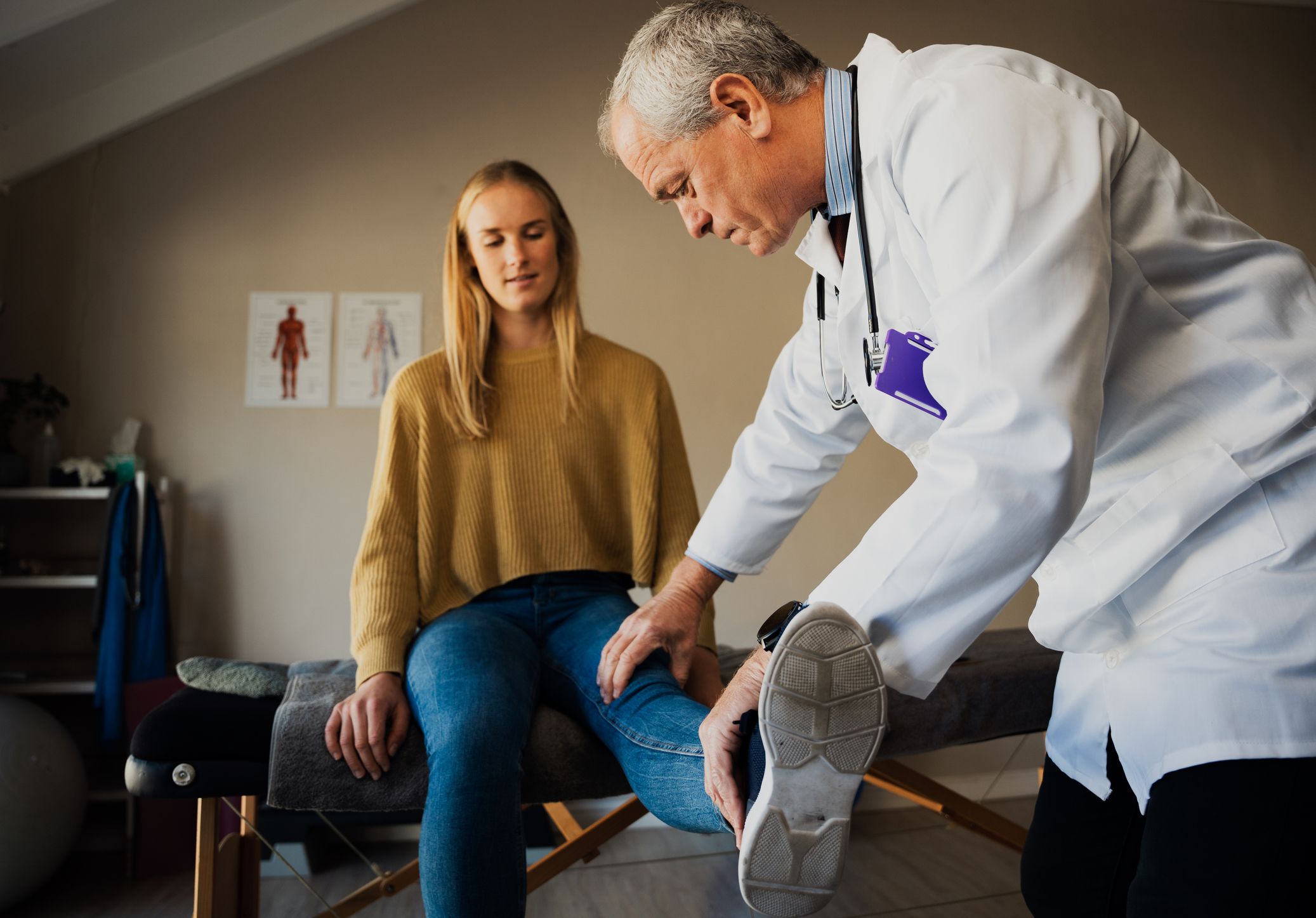
How to Prevent Sports Injuries at Any Age
You lace up your shoes, feel the anticipation build, and take that first stride. Whether it’s the thrill of competition or the simple joy of staying active, sports have a way of bringing energy and purpose to life. But one awkward step, sudden twist, or overused muscle can turn that passion into pain.
The truth is, sports injuries can happen to anyone, young athletes chasing their dreams or adults committed to lifelong fitness. The key isn’t avoiding activity altogether but rather learning how to move smarter. By strengthening your body, training with intention, and recognizing your limits, you can greatly reduce your risk of injury and stay active, strong, and confident at any age.
1. Familiarize Yourself with the Most Common Risks
Some of the most frequent injuries seen in both youth and adult athletes include knee injuries like anterior cruciate ligament (ACL) tears, ankle sprains, hamstring strains, and overuse injuries caused by repetitive motion.
Research shows that roughly 70% of ACL tears in young athletes occur without physical contact, often from cutting, pivoting, or landing incorrectly. Understanding that these injuries typically stem from weakness, fatigue, or poor movement mechanics is the first step in prevention.
2. Train Your Body to Move Efficiently
No matter your age, your body performs better and more safely when it’s trained to move with control. Consider neuromuscular training (NMT), which focuses on body awareness, balance, coordination, and proper landing technique.
Learning how to align your knees over your feet, maintain a stable core, and land softly with bent hips and knees can dramatically lower your injury risk. Small improvements in movement mechanics can make a big difference in long-term joint health.
3. Build Strength, Flexibility, and Balance
A well-rounded approach to sports injury prevention combines three key elements:
- Strength: Prioritize the hips, thighs, glutes, and core. A balanced hamstring-to-quadriceps strength ratio is especially important for stabilizing the knee and protecting the ACL.
- Flexibility and mobility: Tight muscles, especially in the hips, calves, or hamstrings, can force your body into unsafe compensations. Regular stretching, mobility work, and foam rolling improve range of motion and reduce stress on joints.
- Balance and coordination: Training your ability to control your body on one leg, react to quick changes, or maintain stability under pressure helps prevent slips and awkward landings.
Even a few short sessions per week can improve overall performance and resilience.
4. Warm Up Properly Before Every Activity
A dynamic warm-up prepares your body for movement and reduces injury risk. Replace static stretches with light cardio, mobility drills, and active movements such as walking lunges, high knees, single-leg hops, and gentle multidirectional movements. This increases blood flow and primes muscles for the demands of play.
Just as important, listen to your body once activity begins. Fatigue, stiffness, and form breakdown are signals that you need rest. Overtraining without recovery is one of the most common and preventable causes of sports injuries.
5. For Young Athletes: Train Smart, Not Just Hard
Youth athletes are at a unique stage of physical development as their bones, muscles, and tendons are still growing, making them more vulnerable to overuse injuries. Parents and coaches can help by encouraging a variety of sports and movement experiences rather than specializing too early in one activity. Multisport participation builds diverse athletic skills, prevents repetitive strain, and keeps training both safe and enjoyable.
Structured strength and conditioning programs that include balance and coordination drills are also beneficial for kids and teens, setting them up for safer performance as they grow.
6. Make Prevention a Lifelong Habit
Sports injury prevention isn’t a one-time effort. As your body changes with age, your training should adapt, too. Prioritize mobility, balance, and proper recovery as much as strength and endurance.
Simple daily practices like consistent warm-ups, cross-training, and mindful movement can extend your athletic life and keep you doing what you love safely.
7. Know When to Seek Expert Care
Even with good habits, injuries can still occur. If you experience sharp pain, persistent swelling, or limited range of motion, it’s best not to push through. Early evaluation from a sports medicine orthopedic surgeon or sports rehabilitation specialist can identify the problem and prevent it from worsening.
Rehabilitation isn’t just about healing but rather restoring proper movement and building back stronger than before.
Recover Stronger with Expert Orthopedic Care
Even with the best prevention, injuries can sometimes happen, and when they do it’s important to have a trusted team ready to guide your recovery.
That’s where Palmetto Bone & Joint comes in. Our board-certified orthopedic surgeons and sports medicine specialists provide expert diagnosis, advanced treatments, and personalized rehabilitation to help you heal strong and return to the activites you love.
From robotic-assisted surgery to outpatient joint replacement, we combine innovation with compassionate care. If you’re dealing with an injury, schedule a consultation today.
Trusted Orthopedic Experts at Palmetto Bone & Joint in Chapin, SC
Palmetto Bone & Joint proudly keeps South Carolina moving one patient at a time. With locations in Chapin, Newberry, and Irmo, our team delivers leading orthopedic care close to home.
Learn more about our advanced services and commitment to patient-centered care today or schedule a consultation with our team.



